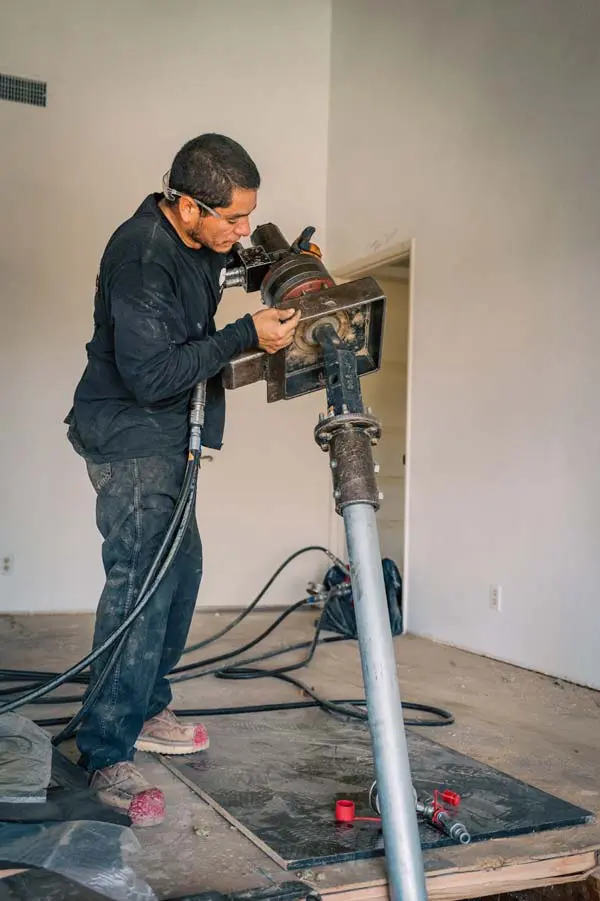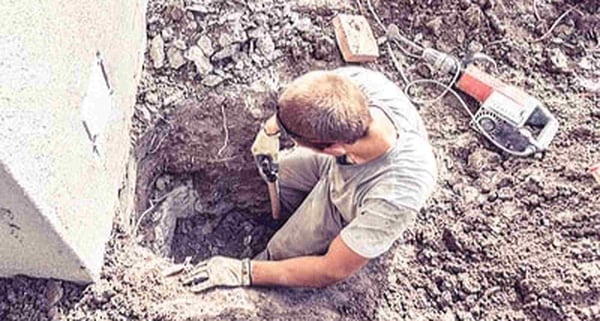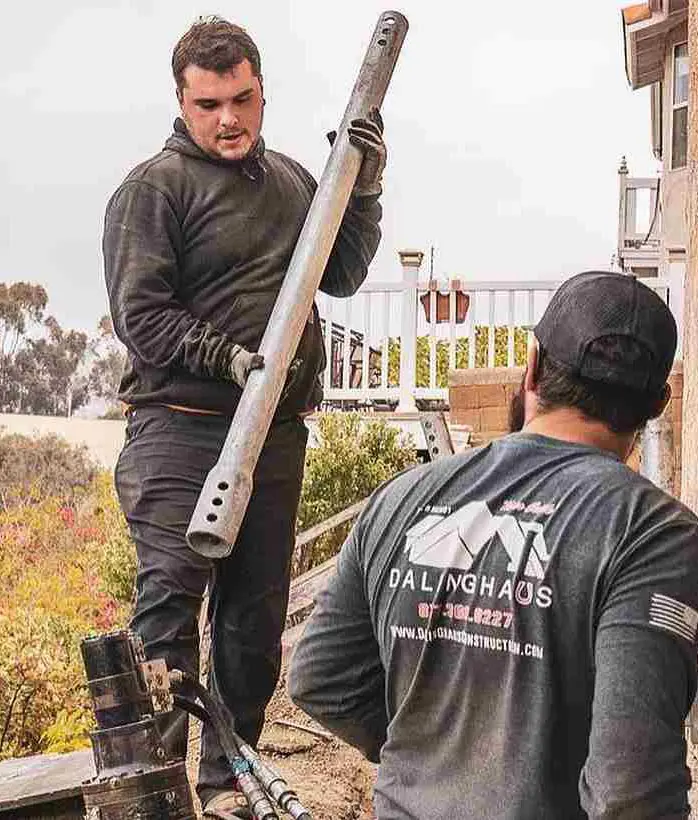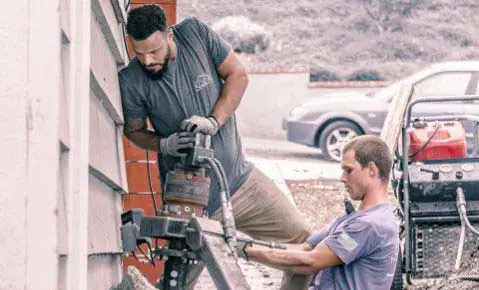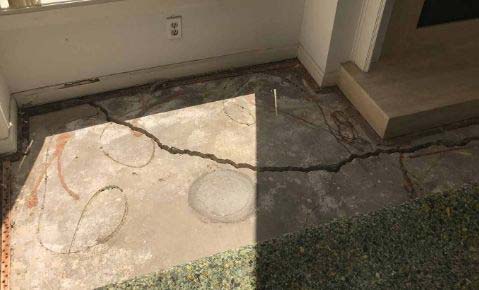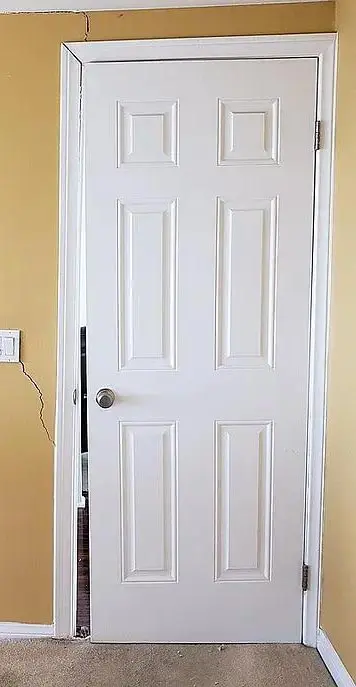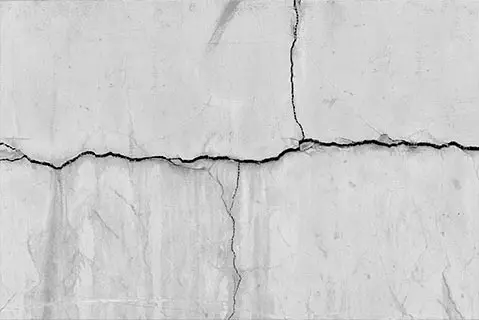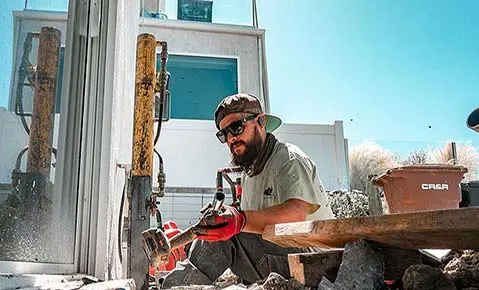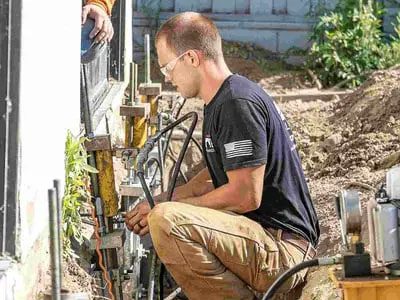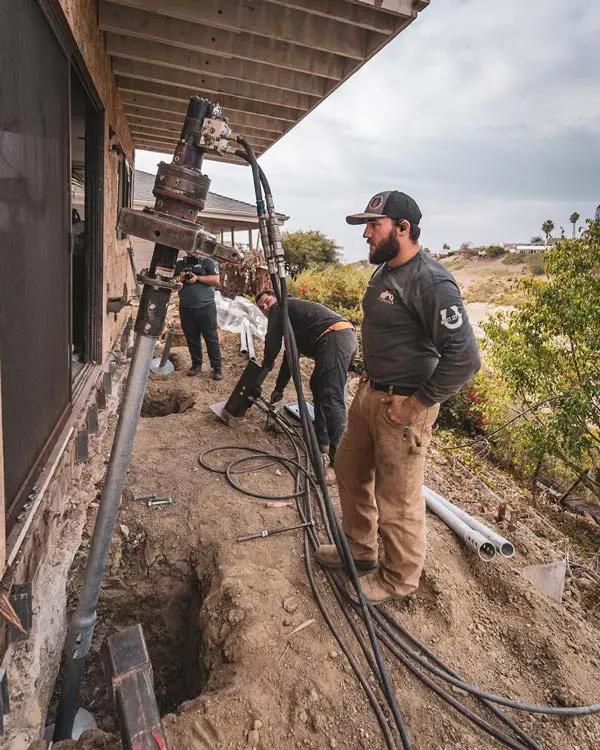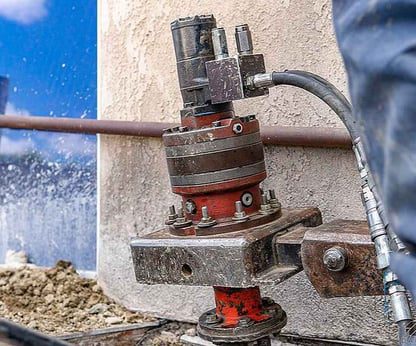If you want to know what goes into underpinning a house, this is the article for you. Here you’ll learn how underpinning works, what makes it a necessity, signs you need it, and the two forms of underpinning most commonly used today. Underpinning and general foundation repair shouldn’t confuse or scare homeowners when a contractor says their home needs it. This article aims to educate you so you’re more familiar with the process and know what to expect when foundation repair professionals begin the work.
How Does Underpinning A House Work?
Underpinning a house involves transferring your home’s weight beyond the weak soil it’s resting on to stronger soil deep into the ground. This lifts your foundation off the weak soil it was settling into, returns it to its original leveled position, and stabilizes it against future settlement. Professionals call the level your home is returned to the “maximum practical level” or the amount of leveling needed before any further movement causes cosmetic or structural damage.
When Does Underpinning A House Become Necessary?
Underpinning a house becomes necessary when the soil below your foundation can no longer hold the weight of the structure. There are different soil types found across the U.S., and not all of them are ideal building conditions. For example, sandy and loam soil are perfect for holding foundations. Whereas silty and clay-filled soils hold too much water and expand if they’re oversaturated, making them unideal for foundations. Here are the most common issues with soil that make underpinning a necessity.
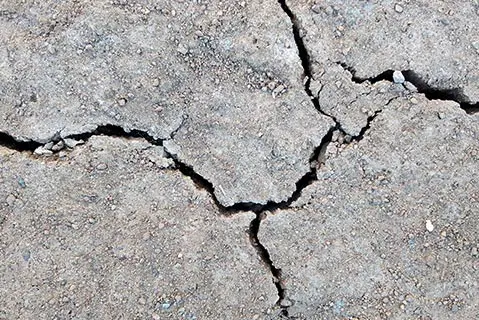
Expansive soil
As mentioned earlier, soil that contains a lot of clay is not an ideal condition for foundations. When this soil is saturated with water, it begins to expand. Then, when the soil dries out, it shrinks to its original density. If this swelling-shrinking cycle continues, it can place stress on the foundation and cause it to shift or settle.
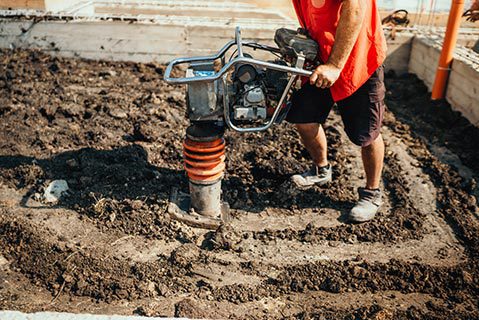
Poorly compacted soil
Soil that's returned to a construction site needs to be compacted before the foundation is poured or placed. Compaction decreases the space between soil particles and lowers the chances a void forms inside the ground. Unfortunately, poor construction methods could leave areas inside the soil uncompacted and at risk of void formation. Once a void forms under your home, your foundation can lose stability and sink into the ground.
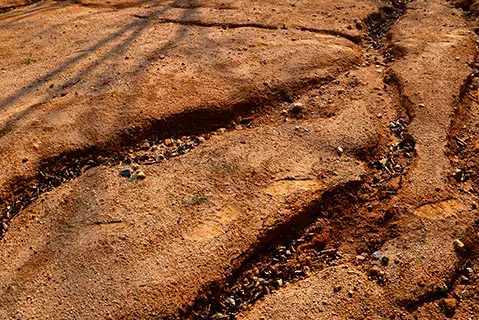
Soil erosion
If there's poor drainage around your home and water is being directed toward your foundation, soil can eventually erode and wash out from under the structure, leading to settlement.
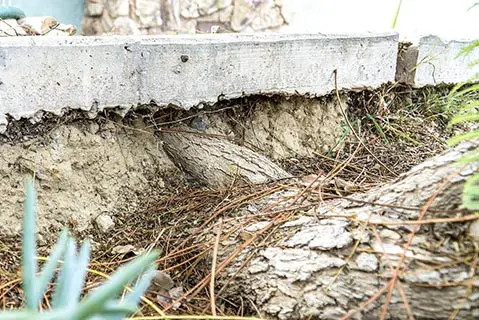
Tree roots
If you have large trees near your home, their roots can crawl underneath your foundation, drinking all the water and drying out the soil. This can create voids that can cause your foundation to settle.
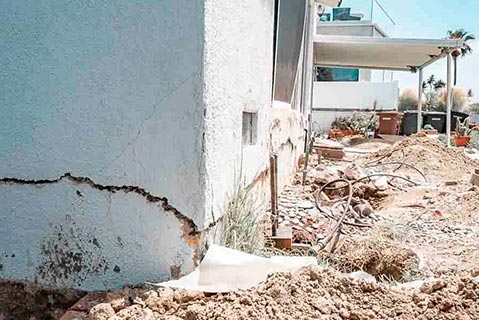
Soil creep
If your home is on the side or at the bottom of a hill, heavy rains can cause the dirt around your home to slowly slide downwards, like a mild mudslide. This movement can shift and damage your foundation.
Other issues include natural disasters, poor construction, and poorly planned renovations.
Windows and doors aren’t closing properly
If you notice multiple windows and doors in your home are sticking, it could be a sign your home needs underpinning. When your foundation begins to move, the window and door frames will shift out of alignment, causing them to stick.
Sloped, cracked, or warped floors
Sloped, cracked, and warped floors are a clear sign that your foundation is shifting and affecting the flooring above it. This can create trip hazards inside your home and make walking uncomfortable.
Separations
Foundation settlement and other movements can cause the structures inside your home to separate. This will result in gaps between your walls, floor, and ceiling. You might even notice your chimney or wooden deck tilting away from your home.
Cracks
Any cracks on your foundation clearly indicate there’s been movement or settlement. Thin, horizontal or vertical cracks can be dealt with later, but wide and growing cracks need to be addressed immediately since they threaten your home’s structural integrity. Drywall cracks inside your home, especially those near your door and window frames, are a good indicator your foundation is settling.
Underpinning A House Using Different Piers
There are two primary forms for underpinning a house: push piers and helical piers.
Push piers
Also called resistance piers, these heavy-duty steel push piers are driven deep into your soil using hydraulic pressure and the building’s weight. Once the piers reach soil strong enough to support your home and foundation, synchronized hydraulic jacks lift the house back up. These piers are usually hot-dipped galvanized to add additional corrosion protection and increase the life expectancy of the pier.
Helical Piers
These piers are screwed into the soil below your foundation. The amount of torque needed to twist the piers determines if the pier has reached load-bearing soil. Then, just like push piers, synchronized hydraulic jacks lift your house back up.
Learn more – What Are Foundation Piers Used For?

